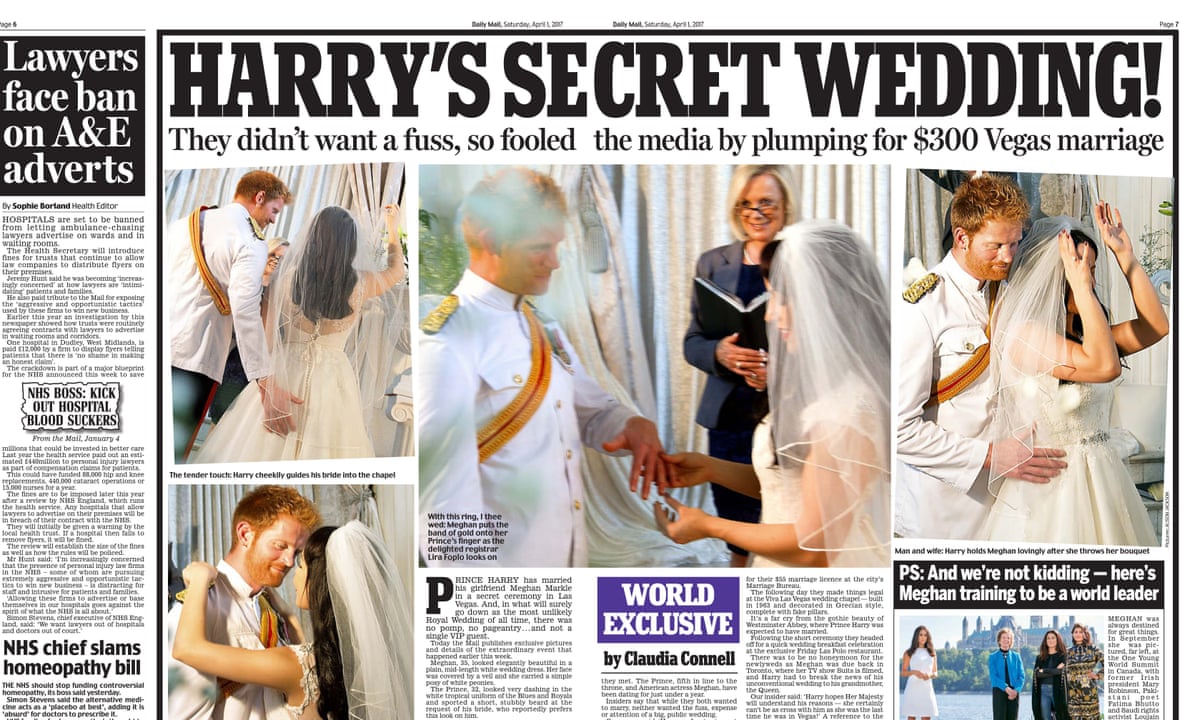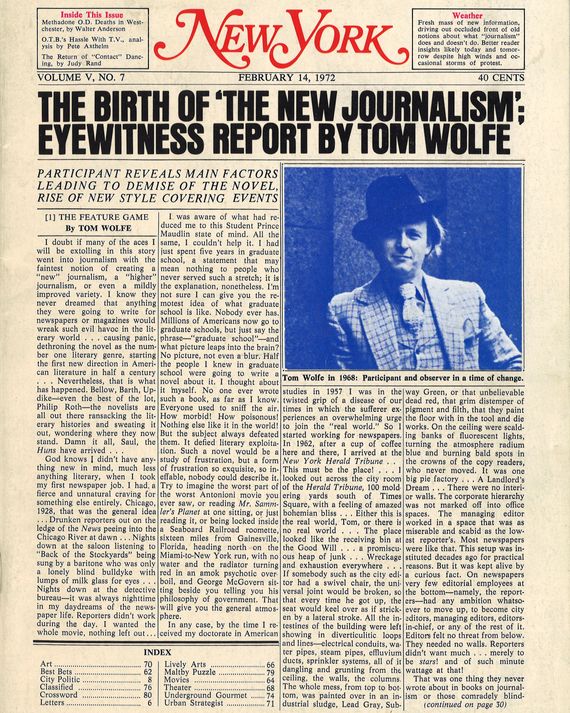The Basic Principles Of News Articles
The Basic Principles Of News Articles
Blog Article
6 Easy Facts About News Articles Described
Table of ContentsAbout News ArticlesSome Known Questions About News Articles.News Articles Can Be Fun For Everyone5 Easy Facts About News Articles ShownHow News Articles can Save You Time, Stress, and Money.
Great knowledge of various subjects gives pupils an one-upmanship over their peers. Even though electronic and social media sites are easily accessible, we ought to not neglect exactly how important it is to review the newspapers. Moms and dads should attempt and instill the routine of checking out a paper as a day-to-day regimen to proceed the legacy of the adored print tool.News stories additionally include at least one of the adhering to essential qualities family member to the desired audience: closeness, importance, timeliness, human passion, strangeness, or effect.
Within these limitations, newspaper article additionally aim to be comprehensive. However, other elements are included, some stylistic and some originated from the media type. Among the larger and much more revered newspapers, justness and equilibrium is a significant consider offering details. Discourse is typically restricted to a separate section, though each paper may have a different overall angle.
Papers with an international target market, for instance, have a tendency to use an extra official style of writing. The details selections made by an information outlet's editor or editorial board are typically gathered in a style guide; common design overviews include the and the United States Information Style Book. The primary goals of information writing can be summed up by the ABCs of journalism: accuracy, brevity, and quality.
News Articles Can Be Fun For Anyone
As a policy, reporters will not utilize a long word when a short one will certainly do. They utilize subject-verb-object building and construction and dazzling, energetic prose (see Grammar). They provide narratives, examples and allegories, and they hardly ever depend on generalizations or abstract concepts. News authors attempt to stay clear of making use of the very same word a lot more than as soon as in a paragraph (often called an "echo" or "word mirror").
However, headings in some cases omit the subject (e.g., "Leaps From Watercraft, Catches in Wheel") or verb (e.g., "Cat woman lucky"). A subhead (additionally subhed, sub-headline, subheading, subtitle, deck or dek) can be either a secondary title under the primary headline, or the heading of a subsection of the post. It is a heading that precedes the primary message, or a group of paragraphs of the major message.

Additional signboards of any of these types might show up later in the short article (particularly on subsequent web pages) to lure additional reading. Such signboards are also utilized as guidelines to the short article in various other sections of the publication or website, or as advertisements visit homepage for the piece in various other magazine or sites. Typical structure with title, lead paragraph (summary in bold), various other paragraphs (details) and get in touch with details.

Instance of a hard-lead paragraph NASA is proposing another space project. The budget requests roughly $10 billion for the task.
An "off-lead" is the 2nd most essential front web page information of the day. To "hide the lead" is to begin the post with history information or details of additional importance to the visitors, forcing them to review even more deeply into a short article than they must have to in order to uncover the crucial factors.
News Articles Can Be Fun For Everyone
Typical usage is that or 2 sentences each develop their very own paragraph. Journalists typically describe the organization or framework of a newspaper article as an inverted pyramid. The important and most intriguing aspects of a story are placed at the beginning, with supporting information adhering to in order of lessening value.
It allows people to check out a topic to only the depth that their interest takes them, and without the imposition of details or nuances that they might consider unnecessary, however still making that info readily available to a lot more interested readers. The upside down pyramid framework additionally makes it possible for articles to be cut to any type of arbitrary length throughout design, to fit in the room available.
Some writers start their stories with the "1-2-3 lead", yet there are lots of kinds of lead readily available. A kicker can refer to this website several things: The last tale in the news broadcast; a "pleased" story to end the show.
Longer posts, such as publication cover articles and the pieces that lead the inside areas of a newspaper, are recognized as. Feature tales vary from straight news in several methods.
The 8-Second Trick For News Articles
A feature's first paragraphs usually connect an intriguing minute or occasion, more as in an "anecdotal lead". From the particulars of an individual or episode, its view swiftly broadens to generalities about the tale's subject.

The Editor's Tool kit: A Recommendation Guide for Beginners and Professionals (2001) Allan M. Siegal and William G. Connolly. The New York Times Manual of Style and Use: The Official Style Guide Made Use Of by the Writers and Editors of the World's A lot of Reliable Newspaper (2002) M. L. Stein, Susan Paterno, and R.
Report this page